![]()
![]()
![]()
Use LEFT and RIGHT arrow keys to navigate between flashcards;
Use UP and DOWN arrow keys to flip the card;
H to show hint;
A reads text to speech;
16 Cards in this Set
- Front
- Back
- 3rd side (hint)
|
Shield Volcano |
A broad gently sloping volcanic cone |
Kilawa |
|
|
Cinder Cones |
Narrow bases and steepest sides erupts cinders |
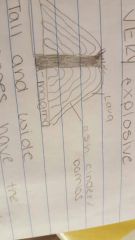
VERY EXPLOSIVE |
|
|
Composite Volcano |
Tall and wide volcanoes that have the characteristics of both volcanoes |
Mt St Helens |
|
|
Hawaiian Eruptions |
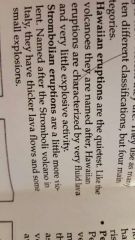
|

|
|
|
Strombolian |
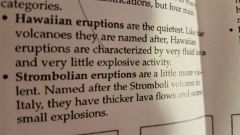
|
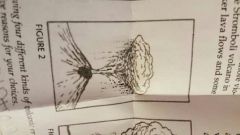
|
|
|
Vulcanian |

|

|
|
|
Pelçean |
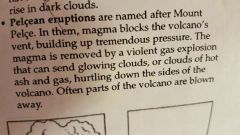
|
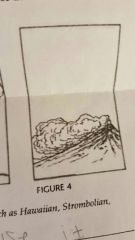
|
|
|
Liquefaction |
Occurs when a earthquake's violent shaking turns loose, soft soil into liquid mud. |
|
|
|
Tsunami |
An earthquake on the ocean floor causes the floor to slightly rise and push water out its way |
|
|
|
Siesmometers |
Instruments that detect ground motions |
|
|
|
Siesmographs |
Instruments for recording seismic waves from earthquakes. They amplify record and display the seismic waves recordings are called siesmographs |
|
|
|
Body waves |
Travel through the Earth's Interior |
|
|
|
Surface waves |
Travel along the Earth's surface |
Similar to ocean waves |
|
|
P wave |
Fastest kind of wave can move threw solid rock and fluids. It pushes and pulls the rock. Highest velocity 6km/sec in the crust |
|
|
|
Secondary wave |
Second wave you feel slower than p wave can only move threw sold rock up and down and side to side |
|
|
|
Start |
The earthquake starts at the focus the origin of the quake and the epicenter is the point above the focus on the surface |
|

